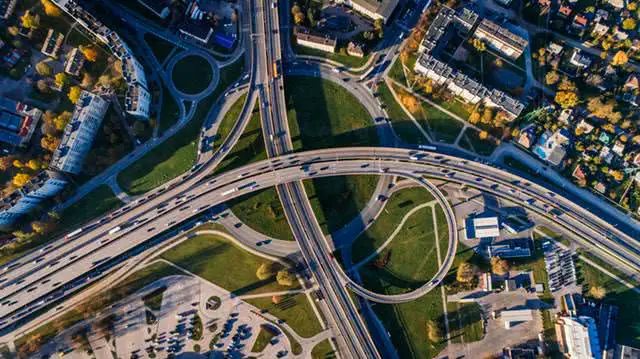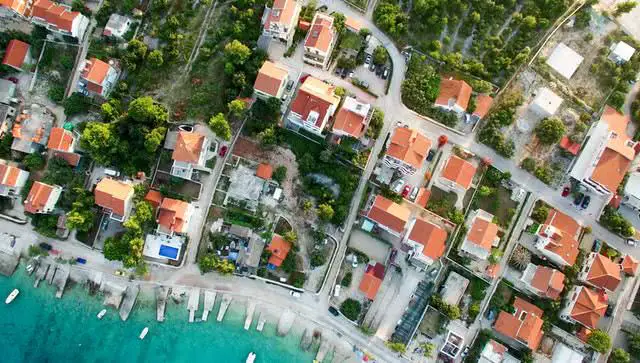Understanding The Concept Of A Smart City
The smart city is a combination of smart function, pleasant aesthetics and sustainable built environment that reflects an image of the city. In early years of India’s Independence, our first prime minister Jawaharlal Nehru focussed on industrialization and advancement in technology, art, and architecture. In town planning, his first dream was ‘Chandigarh’ the first planned town which had established in independent India. Later, between 1970 to 2014 there wasn’t any formal movement for planned towns or cities in India.
Smart City Mission
The new BJP government in 2014 announce the ‘smart city mission’ for a hundred cities. This movement has started becoming popular in different parts of the country and its implementation has begun under prime minister Narendra Modi’s leadership. Another project launched was Atal Mission For Rejuvenation And Urban Transformation AMRUT

Under smart city mission, there are projects like placemaking projects for certain areas in the city. Other, include basic infrastructure such as water supply, drainage systems with treatment plants, solid waste management and disposal with segregation of wet and dry, solar photovoltaic electricity for street lights and improvement in public transport, and are some of the proponents of the smart city.
Related: Impact Of Smart Cities on India | Opinion
Considerations Of Smart Cities
At the detail level, the design included consideration for people with all age groups, sex and handicapped, delivered by government’s ‘accessible India’ campaign. Due to the sedentary lifestyle that many people have adopted in this busy world, there are health hazards observed in young generation such as high blood pressure, high sugar levels, heart diseases and mental illness. Therefore, in the newly evolved smart cities, health is of prime importance and development of small neighborhood gated communities with mixed use, which is accessible on foot are necessary. Public gardens, shopping plazas, and playgrounds are other important elements of urban planning in these gated communities. There should be a provision for street furniture, signs and signages which will bring order, pattern, and discipline to the streetscape. The segregation of vehicular and pedestrian ways would help in smooth and efficient movement of both.
Systematic Approach
The physical planning of the cities is always supported by good governance, and there must be a systematic approach to the planning, implementation, and maintenance of the smart cities. The public-private partnership needs to be appointed to run these projects throughout their life cycle. Public participation plays a crucial role in this as they are the direct end users. Every city must have its planning department which will be equipped to take up day to day complaints from the citizens. There should be a complete GIS data available for these cities which will be updated as per the new development and will be easy to retrieve information. In addition, data surveillance cameras must also be put at critical locations for the safety of citizens from the criminal activities happening in most sensitive areas of the city. The good governance also helps to build the ‘image of the city’ by conducting cultural events and artistic performances in which citizens can participate.
Smart City As A Subject In Curriculum
In Indian cities, socio-economically speaking there is the availability of a talented human resource. There have been some good local universities, IITs and vocational training programmes in the country who are doing a fabulous job of generating some excellent skilled workers. The government has done a fantastic job of giving opportunities for the new entrepreneurs, and they are creating millions of jobs. It is important therefore to have these ‘social institutions’ to remain uplifted and working towards the development of cities and the nation. The concept of the smart city and its administration should be taught in schools and students should be encouraged to become an ideal citizen. Apart from schools and colleges, other institutions like hospitals, fire stations, police stations, sports arenas, social clubs which are necessary for livelihood should also be part of the neighborhood community of the smart city. Such multiple small neighborhood communities which are relatively easy to manage, come together and become a full scale ‘smart city’.

Technology & Digital Innovations
Technological and digital innovations have proved to be a very effective way to interact within a smart city. Some practical implications include traffic signals which operate on information of the number of cars present on the street at a particular time which is detected by a sensor, and the red or green light is switched on depending on the data. Sensors can also be used on roadside parking to inform the driver with the availability of parking. Smart cycles are being used by citizens nowadays which are charged per hour basis and are made available for citizens and are GPS monitored. These technical advancements are helping citizens in their everyday life and have become important tools for the future generation making it more sustainable in nature.
Conclusion: Thus, with all the parameters mentioned above, we can make our cities smart. We have seen in this article that mere technological innovations and physical planning do not hold the key. The moral development of self and the community along with the strong backing of the institutions will make our cities smart. This thought of clean, green and the smart cities should come from within, and we must attempt to see it as our daily responsibility.
You Might Also Like: Shaping Indian Cities: Planning and Design with Smart City Technologies